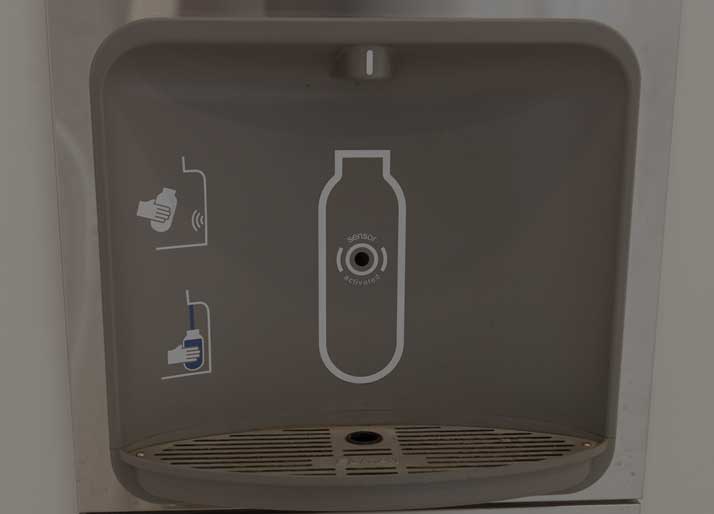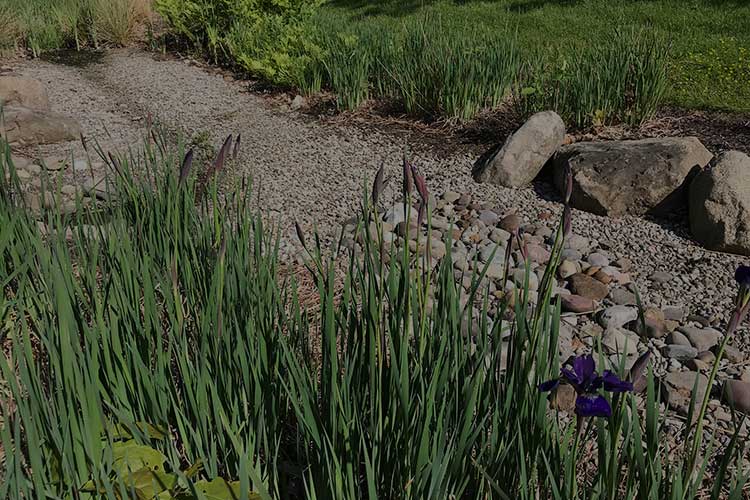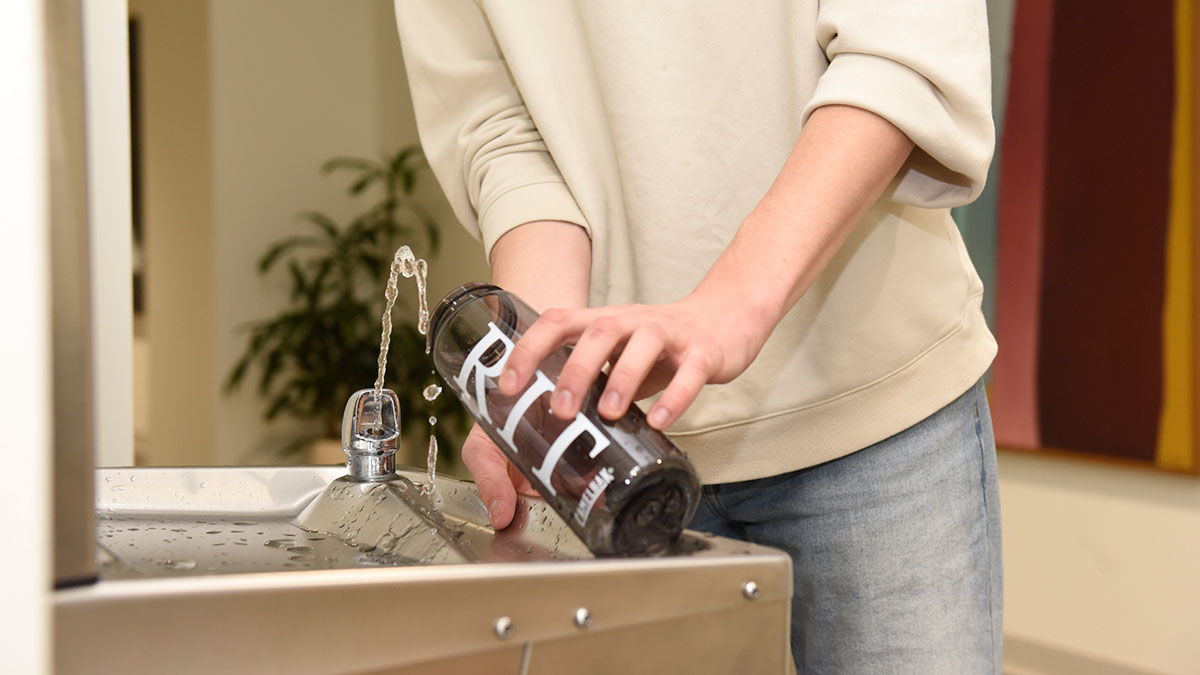Water
RIT uses roughly 165-175 million gallons of water per year. Consumption has decreased over the last 10 years by nearly 50 million gallons annually despite growth in the campus size and population.
Packaged Water Policy
In 2012, RIT instituted an operational policy that restricted the purchase of bottled water using university dollars. This policy was implemented with success over the next eight years, and the use of single-serve bottled water on campus declined significantly. This policy was paused in 2020 during the COVID-19 pandemic when hydration stations were turned off, and in-person dining was limited. During the last several years, single-use plastic waste on campus and beyond has surged. This policy has been updated and is being reinstated now that RIT has returned to normal business operations.
Policy:
Effective April 1, 2024, university funds may not be used to purchase still, unflavored, packaged water. This applies to all single-serve water, regardless of container material (plastic, metal, glass, paper, etc.), container size, use (office use, meetings, events, etc.), and method of purchase.
Rationale:
The RIT community has access to high quality, free drinking water on campus. Packaged water, as compared to tap water, is approximately 200 times more expensive for the same amount of water, has a higher embodied carbon footprint, generates more waste, and contains more micro-plastic pollutants that are harmful to human health.
Hydration stations are available in most campus buildings and in all dining halls for individuals to refill personal water bottles at no cost.
Procedures:
This policy applies to all departments, governing bodies, student groups, and other campus affiliates that use university funds for beverage purchases. In adherence with this policy, RIT Catering will not offer packaged water as an option for university funded events. Pitchers of water can instead be used for events. Departments may also consider purchasing reusable pitchers and cups for their office to use as needed for meetings. Where appropriate, departments should encourage guests and event attendees to bring their own reusable water bottle.
Bottled water will continue to be available in vending machines and dining venues for individuals to purchase using personal funds.
Exceptions:
Exceptions to this policy include:
- Individuals traveling on behalf of RIT where access to clean drinking water may not be readily available. This includes employee travel, athletic teams, and other student group travel.
- Organizers of off-campus events are encouraged to request water pitchers rather than bottled water, but are not required to do so.
- In locations without kitchenettes or hydration stations, offices may work with WB Mason to rent refillable water coolers.
- Additional exceptions can be made by contacting sustainability@rit.edu in advance.

Hydration Stations
To make it easier for people to fill reusable bottles, RIT has been working to install hydration stations all over campus.
We are working on updating the Hydration Station map.

Stormwater Runoff
When water from rain or snow melt is not absorbed into the ground, it flows across impervious surfaces into the nearest water body. The water accumulates debris, chemicals, and other pollutants that can negatively impact water quality. To minimize these impacts, RIT is installing green infrastructure.



